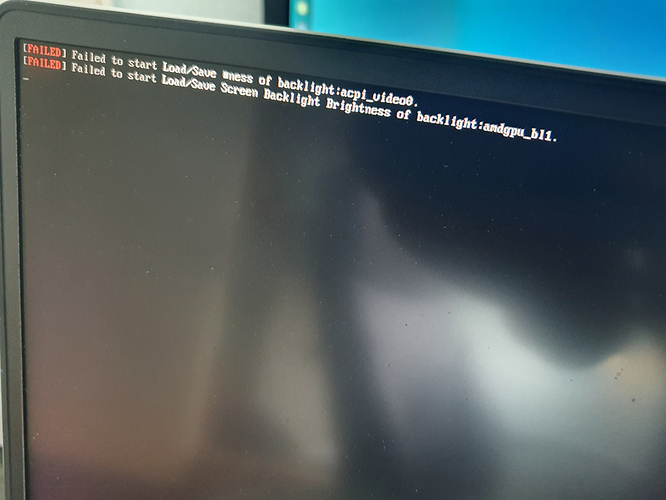
Poky vs Manjaro for Raspberry Pi 4 (RPI4) Model B (4GB RAM) Testing for real a HW Kernel Module (driver in Windows world) is I guess – hard, for some particular tests – impossible.

If your machine CPU has more cores – you can dedicate some to the virtual machine.Ĭons – It is NOT real Linux or whatever OS you run on it. Pros – We have several famous technologies around, quite fast, quite good, with speed close to the real one. In order to switch between both – you need to reboot. If your machine is weak in CPU and RAM – this is the better option – cause otherwise you will have to split the CPU and RAM between two simultaneously running OSes.Ĭons – You need dual boot bootloader on the HDD (which provides the OS choice upon HW start). Pros – when booting to Linux you have 100% control of HW, the environment is real, not emulated, it is a bit faster. Installing Manjaro was super-fast and easy. Why I had to choose? Because my test machine is not easily portable and sometimes I may have to work on my Laptop (HP ZBOOK 15 G5, Intel Core i7 Six-Core, 16 GB RAM, 512 GB SSD). Next Step: Dual Boot vs Virtual Machine, Yocto Poky vs Manjaro ARMĪbout a classical dilemma nowadays: Dual boot on windows OR a Virtual Machine – which is better and / or easier? Hint – this full article is available as well as a PDF here. Read time: 10 minutes – check the Table of Contents for overview.


Few points regarding the usage of Micro SD cards in this type of setup.HW overview of RPI4, available Manjaro port and my setup.Raspberry Pi 4 Model B and Kuman 7 inch Touchscreen HDMI LCD – specs, Manjaro ARM installation and SD cards.Poky vs Manjaro for Raspberry Pi 4 (RPI4) Model B (4GB RAM).



 0 kommentar(er)
0 kommentar(er)
